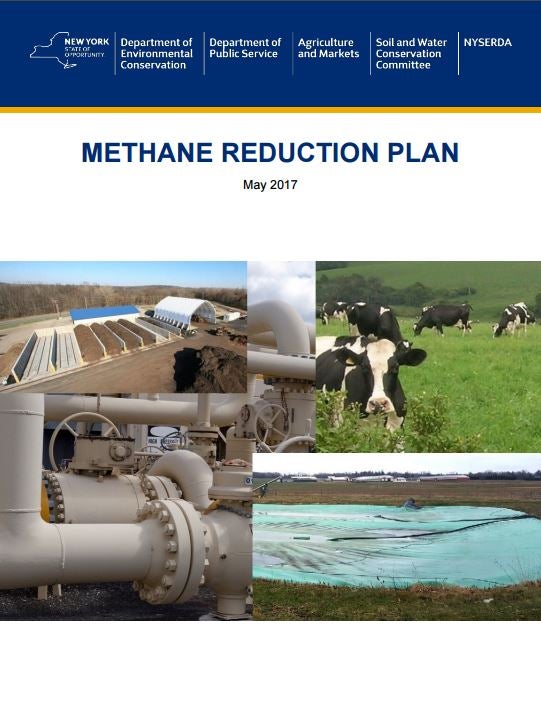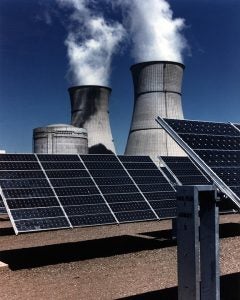 Ellen Shenette, manager, EDF Climate Corps
Ellen Shenette, manager, EDF Climate Corps
Earlier this week, New York City became the first city to devise a plan for meeting the goals outlined in the Paris Accord —the world’s first comprehensive climate agreement from which President Trump pledged to pull the U.S. from. The 1.5°C Paris Agreement-compliant climate action plan comes in response to Executive Order 26 (EO26), signed by Mayor de Blasio that reaffirms the city’s commitment to upholding the goals of the Paris Agreement.
The plan identifies specific strategies for reducing GHG emissions necessary to limit global temperature increase to 1.5 degree Celsius above pre-industrial levels, as set forth in the Paris Agreement. Leading the charge is the Mayor’s Office of Sustainability (MOS), which has been moving the city’s decarbonization efforts forward by accelerating the implementation of existing projects launched under the 80 X 50 initiative—a goal of reducing GHG emissions 80 percent by 2050.
This landmark piece of climate leadership is a big deal. It’s evidence that cities aren’t just making bold commitments with no plan of how to achieve them; they’re taking action and setting the processes for how to get there. Read More










 By Monica Kanojia, Consultant, U.S. Department of Energy
By Monica Kanojia, Consultant, U.S. Department of Energy President Trump’s administration dubbed last week “
President Trump’s administration dubbed last week “
 Today’s American nuclear power industry is in a state of upheaval. Four new, large-scale nuclear power plants are under construction in the United States, helped by
Today’s American nuclear power industry is in a state of upheaval. Four new, large-scale nuclear power plants are under construction in the United States, helped by  How do we compensate those who add clean electricity to our shared power grid? This fundamental question has affected the rate at which the U.S. has adopted, deployed, and put into use clean, distributed energy resources such as energy efficiency, batteries, electric vehicles, and rooftop and community solar.
How do we compensate those who add clean electricity to our shared power grid? This fundamental question has affected the rate at which the U.S. has adopted, deployed, and put into use clean, distributed energy resources such as energy efficiency, batteries, electric vehicles, and rooftop and community solar.